
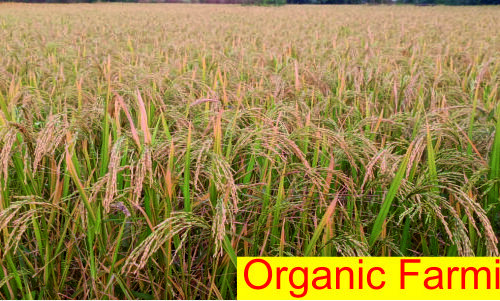
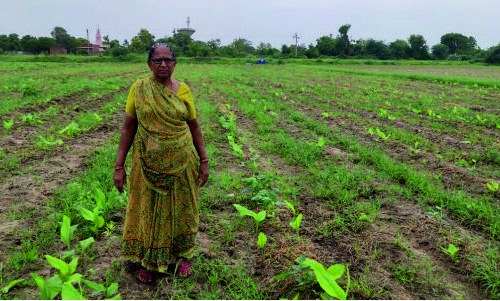

IT ALL BEGINS WITH LIVELIHOODS
Enhancing livelihoods by promoting alternative or complementing means of living that reduce dependence on agriculture. Building skills of the community to complement the local economy.
As part of its Rural Upliftment portfolio, the Trusts work with rural poor, particularly women, in an equitable and sustainable manner to ensure better access to assets and services, and control over productive capital. The focus is largely on poverty alleviation by increasing incomes and through the creation of a basic social and economic infrastructure.
A strong livelihood can quickly catapult a family from a life of poverty to prosperity. Shri Real Dream of Foundation supports rural families from every angle, to give them the best possible chance of prosperity – ensuring that poor health, outdated farming skills or limited access to water don’t get in the way of a family earning a livelihood.
We impart training to underprivileged and un-reached communities to improve livelihood opportunities and skill development of functionaries as part of our multi-pronged approach. With limited employment opportunities, lack of education and skill development has kept the rural and tribal areas out of the commendable development. We focus on unskilled workers who experience limited career growth, often causing them to live in poverty. Skill development is the need of the hour so as to make them confident, self-reliant and to develop in them the ability to be a part of decision making. By empowering through education and skill development can thus enable them to live with dignity and self-reliance. Developing skills can reduce unemployment, raise wages, and boost living standards
Overview of Education
India accounts for around 16% of the world’s population and has the largest number of individuals under 25 years of age. Currently, around 28% of the population in the country is in the age group of 0-14 years, with another 18% in the age group of 15 to 24 years. The country also has the largest number of schools (over 1.5 million) and school-goers (over 260 million). However, the existing education system is very complex and under-developed. Lack of a solid foundation in education creates a domino effect on an individual’s life, as well as on the economy of a nation. With the Right to Education (RTE) Act, there has been significant progress in recent years. However, providing access to quality education is still seemingly a big challenge. Similarly, expanding learning opportunities for students from the under-served communities in both rural and urban areas continues to be a
major challenge.
Findings of the Annual Status of Education Report 2018 indicate that, amongst students in the age group of 7 years, only 27.2% could achieve their grade-level skills in reading and only 28.1% students in arithmetic. For students in the age group of 9 years, this was 50.3% and 27.8% respectively. Many of the enrolled children do not continue their studies beyond upper-primary grades. High dropout rates and enrollment gaps from the primary to the secondary level are contributing to a never-ending stream of under-educated children, resulting in a lowly-skilled population. This presents a serious challenge to the future of the country’s economy, which is becoming increasingly technology-driven. Ultimately, this would further widen the gap of social inequality.
Shortage of public funds and the inconsistency in its flow, along with the lack of its adequate utilisation towards quality interventions, have posed major challenges to the smooth functioning of a comprehensive school education system in India. A larger proportion of the funds is allocated towards operational items, such as teachers’ salaries, rather than training, quality of content, capacity building, infrastructure, monitoring, closing the gender divide, etc. Nodal bodies, such
as the Ministry of Health and Rural Development (MHRD) at the national-level, and the State Council of Educational Research and Training (SCERT) at state level, that overlook the education policies and frameworks in the country are under-funded and continuously seek additional support. Other areas of holistic development, such as skill development, learning enhancement measures, life skills, well-being, etc., continue to remain neglected. The government has recognized the need to increase spending on education to 6% of the GDP by 2022. In the above scenario, the Trusts have been striving, in mission mode, to identify and solve these massive and pressing challenges of India’s complex school education system. The Trusts work closely with many organizations, including social enterprises, NGOs,tech companies, assessment agencies, among others, to collaboratively create scalable solutions and address the above mentioned problems.
Skill Development
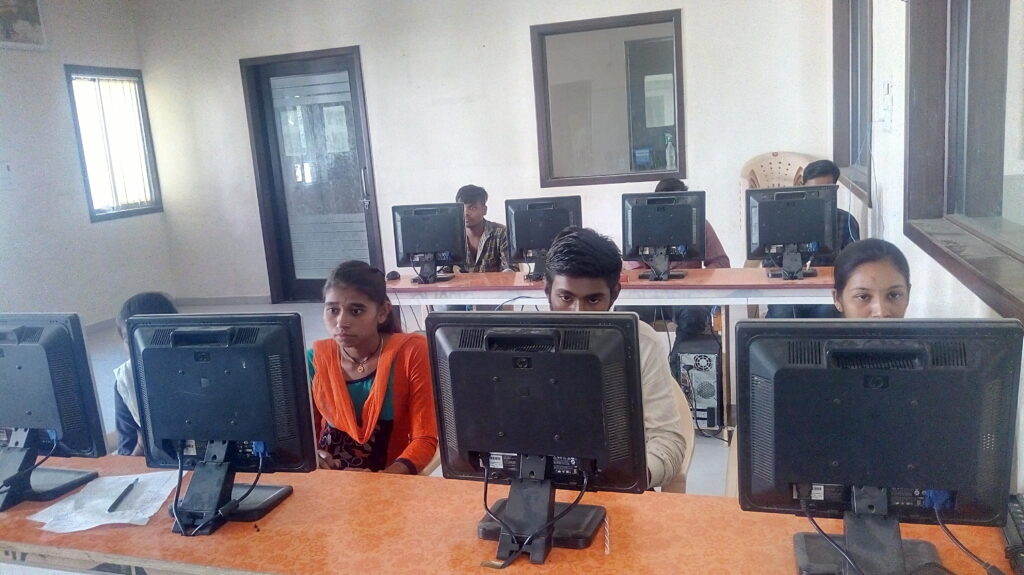
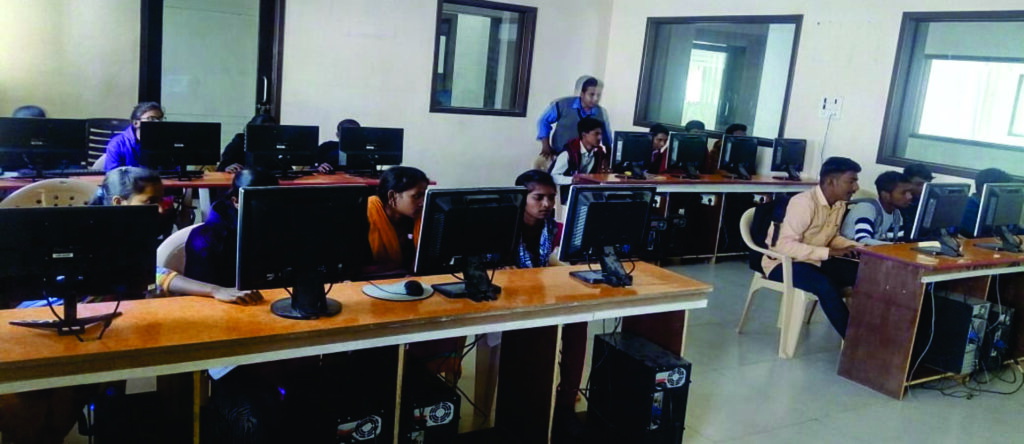
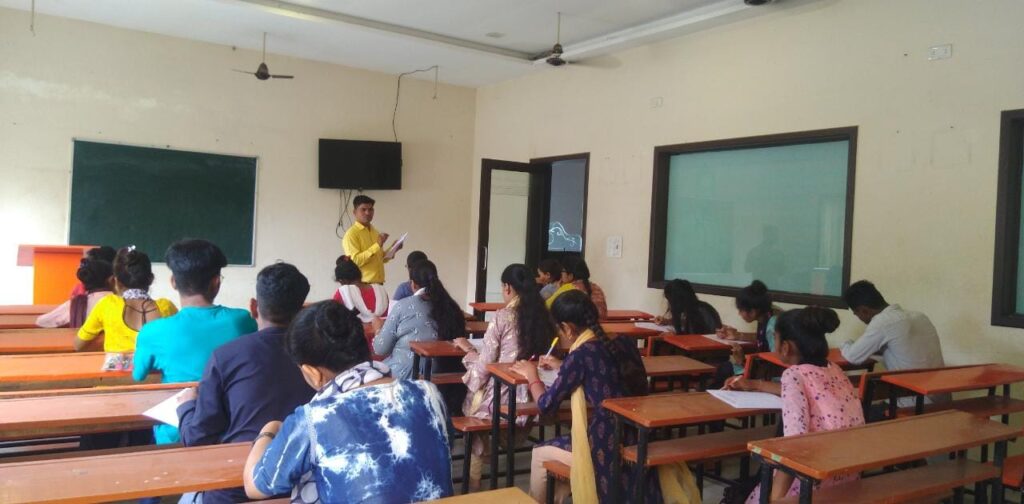


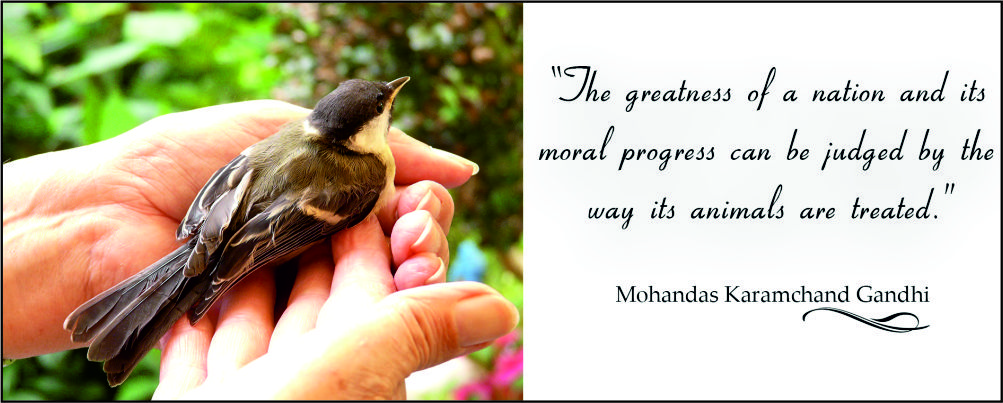
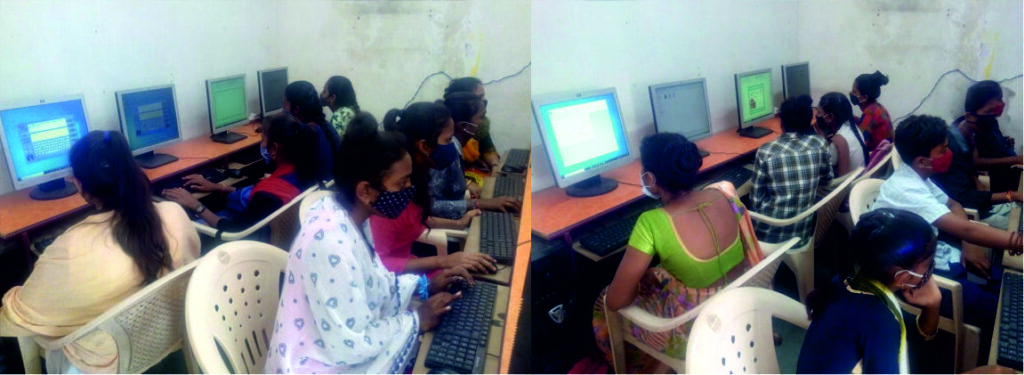
The Trusts’ education portfolio, with its over-arching vision of ensuring ‘authentic learning for all’ aims to provide high-quality, authentic, real-world, active learning experiences with equitable access that would help mould productive and well-rounded 21st century citizens. To achieve this, the portfolio focuses on four strategic
sub-themes:
a. Broadening Access – seeks to tackle sociological challenges that lead to inequity of access to learning.
b. Deepening Learning – seeks to support the school-teacher-student interface; specifically, ambience, curriculum, pedagogy and culture.
c. Developing Teachers – aims to work towards the professional development of teachers; focusing on frameworks, workshops, certification, communities of practice, etc.
d. Strengthening Systems – works with systems that ensure scalability and sustainability of the quality improvement initiative.
Education is the basic fundamental right of every child. As a civil society, we envisage on addressing gaps in education system with respect to rural areas. These programs include replicable interventions for broader age spectrum.
Provision of age appropriate developmental educational material and toys
- Uniform distribution to inculcate a sense of discipline among the children
- Infrastructure refurbishment to provide conducive environment for ECE
Evaluation:
A pre-post survey was conducted to assess School Readiness among 700 children aged 4-6 years, across five distinct but interconnected domains:
- Physical well-being and motor development;
- Social and emotional development;
- Approach to learning;
- Language development;
- Cognitive development and general knowledge.
Outcomes/Impact:
- About 330 children aged 5-8 years had received education sessions every month through 444 sessions conducted by the Counsellors.
- School readiness measured has been improved from 36.2% (Pre-Survey) to 71.3% (Post-Survey) among 690 children aged 4-8 years.
To help children in making a bright future
Moreover, of course, number of enrolments is leapfrogging, but still only less than half of India’s children between the age group of 6 to 14 go to school. Although number of enrolments, number of schools, and number of teachers has increased remarkably during the past few years.
Learning gives creativity, creativity leads to thinking, thinking provides knowledge, and knowledge makes you great. Contact us.
